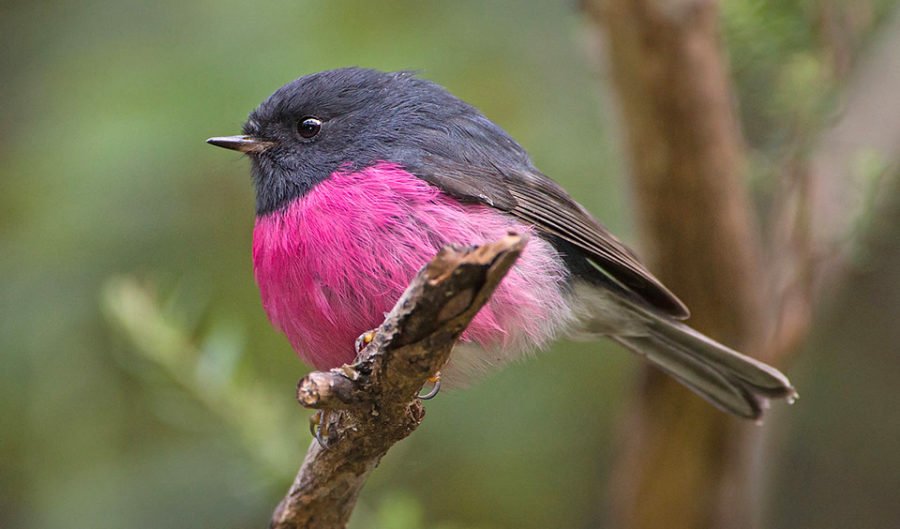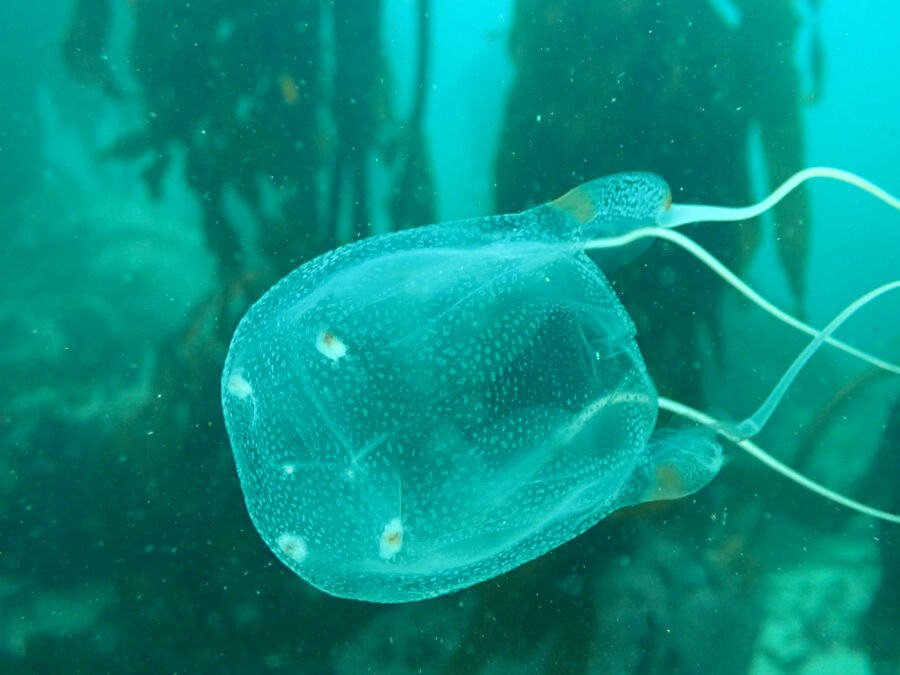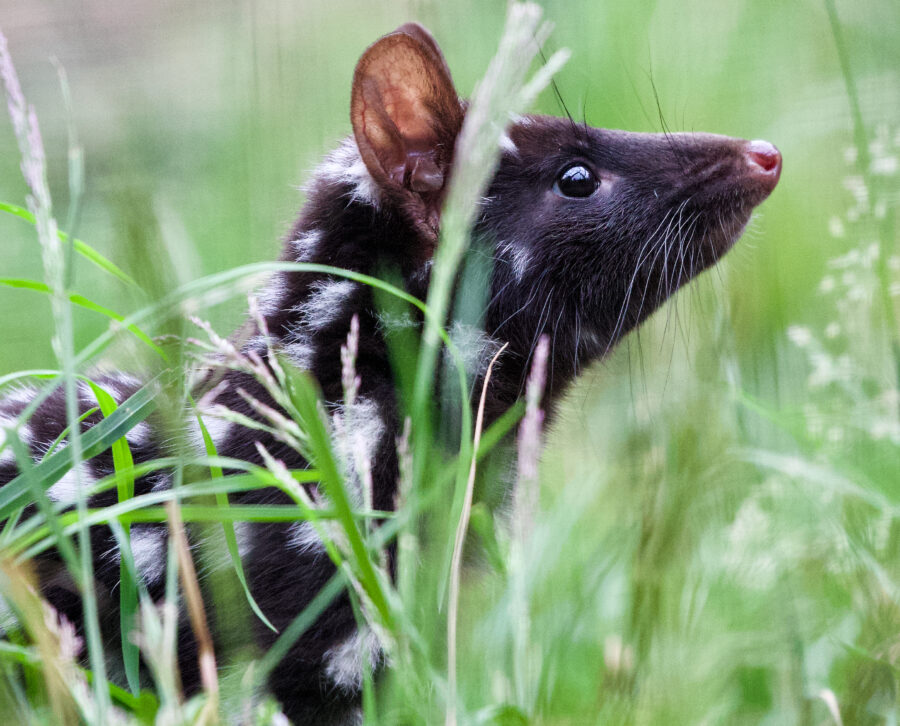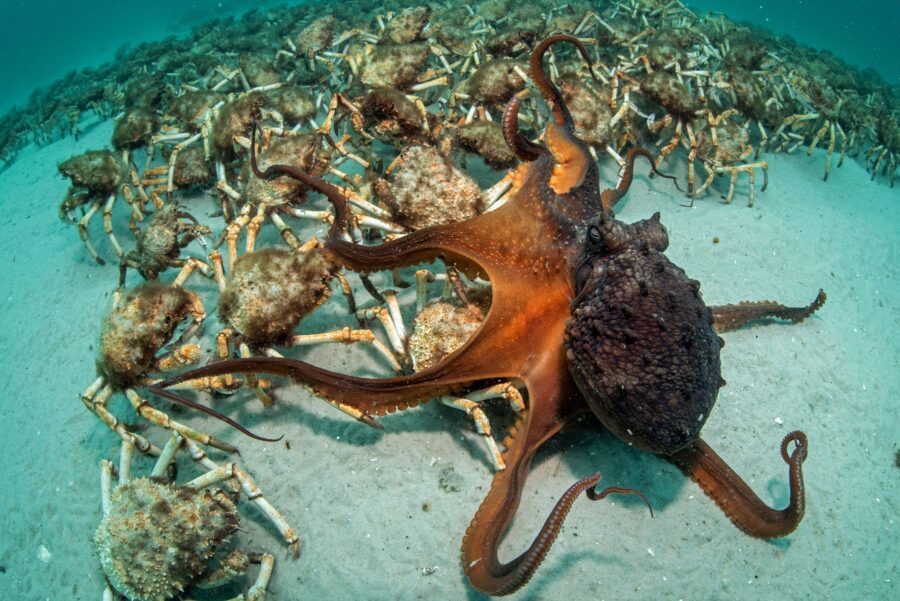Pretty in pink: the male pink robin

Bec Crew
Bec Crew

IF YOU’RE A WINTER baby like me, you probably feel like you were born in the wrong hemisphere, especially around Christmas time. While everyone else is looking forward to a December filled with seafood, salads, and sun-baking, all I can think about is huge roast dinners, mulled beverages, and greeting cards illustrated with fat little Christmas robins all puffed up against a background of snow and pine needles.
But while the northern hemisphere might have some very pretty red robins, Australia has something that I think is even better – pink robins.
Endemic to the dense, temperate and tropical forests of southeastern Australia, the pink robin (Petroica rodinogaster) is a plump little bird that weighs just 10g. The species displays striking sexual dimorphism – only the males are decorated in that delicious candy hue, framed by a smoky black throat, head, and back. The plumage of the females is far more subdued, but they’re just as adorable.
Pink robins might look very similar to the red-breasted European robin, but they’re barely even related. Along with the beautiful flame robin (Petroica phoenicea) from southeastern Australia and the ridiculously cute and endangered black robin (Petroica traversi) from New Zealand – look at him, he’s got zero neck – the pink robin belongs to a family called Petroicidae, which contains 45 known species.
It’s not even clear yet (pdf) how the members of Petroicidae relate to each other. The European robins belong to a family of ‘Old World flycatchers’, called the Muscicapidae.
Australian robins were named after European robins by ornithologists who travelled to Australia at the time of European settlement and decided to call them robins too, despite fundamental genetic and morphological differences between them.
Now all we need to do is find a pink robin that will sit still long enough for us to put a sweet little winter cap on it.




